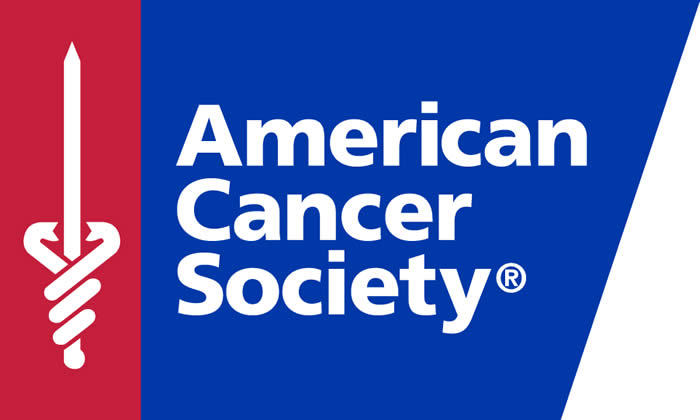Relay For Life on Top of the World
The Mt. Kilimanjaro Journey for Cancer Survivors and Caregivers

By Dr. Richard Deming
Seventeen cancer survivors and 20 caregivers reached the top of Mount Kilimanjaro, the highest point on the African continent, late in the afternoon on January 10th. We had spent the previous ten hours ascending the steep mountain face with coughs, headaches, intestinal disorders and enough courage to fill up the dormant volcanic crater that would be our home for the night. Our expedition chose a non-traditional route up. Most groups ascend the face of Kilimanjaro at night in order to reach the summit at dawn and then, after a brief celebration at the top, descend quickly to a safer (lower) altitude. We wanted to spend the night at the top of the mountain. We knew this would give us the mountaintop to ourselves for 12 hours of magnificent beauty and afford us the opportunity to conduct the world’s highest Relay for Life.
The fastest of our group reached Stella Point (19,000 feet) by mid-afternoon, and then descended a few hundred feet into the large base of the crater to prepare the campsite and the Relay track. They arranged the luminaria to spell out HOPE in the snow near our tents which were located at the base of a huge wall of ice, the leading edge of the glacier that calls Mount Kilimanjaro its home. I have travelled all over the world. I had seen pictures of Mount Kilimanjaro in preparation for this trip. I was not prepared for the stunning beauty that presented itself to us. The peaks of Mount Kilimanjaro are actually the high points on the rim of the crater. They ringed our campsite, along with sheer glacier walls and deep blue skies. The sun and blue skies quickly transformed into a cloudless night filled with the stars of the southern hemisphere. The full moon rose over the rim of the crater and illuminated our campsite. Our team had been awaiting this moment for weeks. We did not climb the mountain for mere bragging rights. We were here to demonstrate to the world that cancer does not have to limit one’s life, to celebrate survivors, remember those who had died, and motivate everyone to fight back against this disease. And so we began our Relay for Life. As the sun set, we lit luminaria in honor of those who had died of cancer and in honor of those surviving the disease. We paid tribute to all the family, friends and patients who had shown courage, grace, grit, and determination in their fight. We circled HOPE as the stars came out. We then huddled in our tents on top of Africa and struggled to find warm and sleep at 19,000 feet. The sky began to brighten at 6:30 am, the sun finally showing its face above the rim of the crater at 7 am. The sun brought light and warmth and courage to all of us. We had brought 800 prayer flags with us, decorated with images and phrases commemorating the lives of individuals who had died of cancer or survivors who couldn’t make the journey, but wanted to be with us in spirit. We strung the prayer flags onto strands of rope and created two arcs from the top of the glacier wall over the word HOPE. I spotted the face of my mom on one of the flags as it danced in the breeze. She died of lung cancer when I was in medical school. I saw the faces of Chris, Marjean, Jill, Suzanne, and countless other patients of mine who had inspired me. I also saw the names and faces of patients of mine who were still fighting. Every one of us gazed knowingly at the flags. The Relay began with a survivor lap. Now, in addition to cancer, these 17 remarkable people had survived a grueling climb to the top of Africa’s highest mountain. The next lap was for the caregivers. We all walked in their honor, including our African porters and guides, who had been caregivers to all of us during the trip. We then paid tribute to those who were no longer with us. The faces of family members, patients and friends looked down on us from the prayer flags fluttering in the wind above us. We silently circled our track and reflected on how our lives had been enriched by the intersection of theirs with ours. Finally, we vowed to fight back. We and those we inspired with our climb will do everything we can to reduce the burden of cancer and create a world with more birthdays. As we completed the final lap of our Relay, we came together in a huddle beside HOPE. The cancer survivors included men and women ages 29 to 71. They were here, not in spite of their cancer, but because of their cancer. They were here because of the courage and confidence they gained during their cancer journey. They showed us once again what they are made of. Father Frank, a Catholic priest and cancer survivor, said a spontaneous prayer of thanksgiving, remembrance and celebration from the midst of that huddle. Then, the song, “Amazing Grace” suddenly sprang forth from the huddle and filled the sky with music fit for a cathedral. None of us wanted the moment to end. We embraced with a kind of companionship and camaraderie and respect that is hard to describe. It was time to leave. We packed up the flags and luminaria, broke down our campsite, and headed back up the rim of the volcano. We ascended to the highest of the 3 peaks, arriving at noon. We had the summit to ourselves. The skies were clear and we could see forever. We were sure, from where we stood, that we could see a future with many more birthdays.ACS20197

